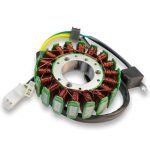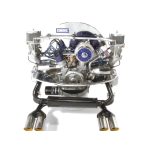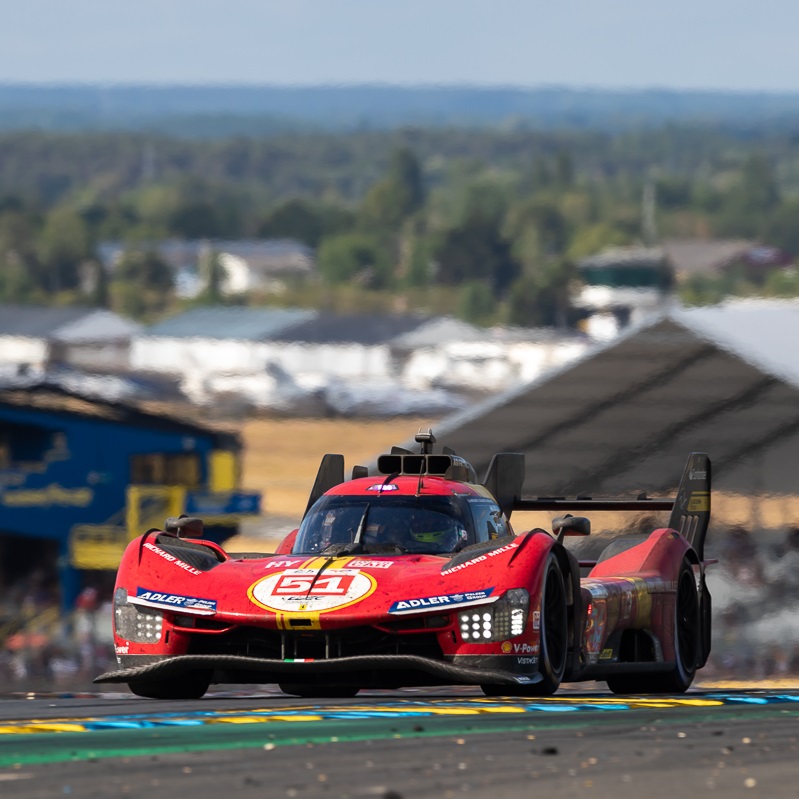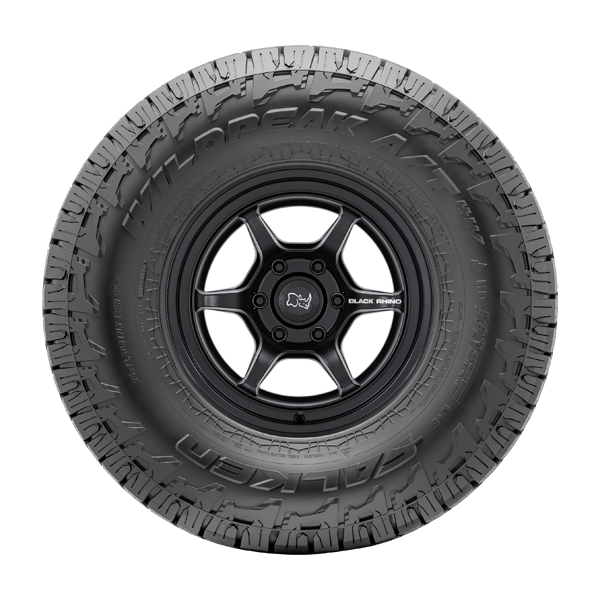Ferrari’s participation in Le Mans racing has left a significant mark on the world of motorsports, with their cars showcasing a remarkable evolution in aerodynamics over the years. This article will explore how Ferrari’s focus on aerodynamics has shaped the design of Ferrari LeMans car and contributed to their performance on the track.
Understanding Aerodynamics in Racing
The Role of Airflow
In racing, air is as much a tool as it is an obstacle. How air interacts with a moving vehicle can dictate speed, fuel efficiency, handling, and performance. Ferrari engineers have consistently refined their LeMans car designs to optimize airflow, reduce drag and increase downforce, thus lending greater speed and stability to their machines on the track.
Balancing Speed and Stability
At the core of aerodynamic design is the balance between reducing drag for higher speed and increasing downforce for better traction. Ferrari has mastered this balance with each iteration of Ferrari LeMans car, investing heavily in research and development to find the sweet spot that allows maximum performance without compromising on grip and control during the race.
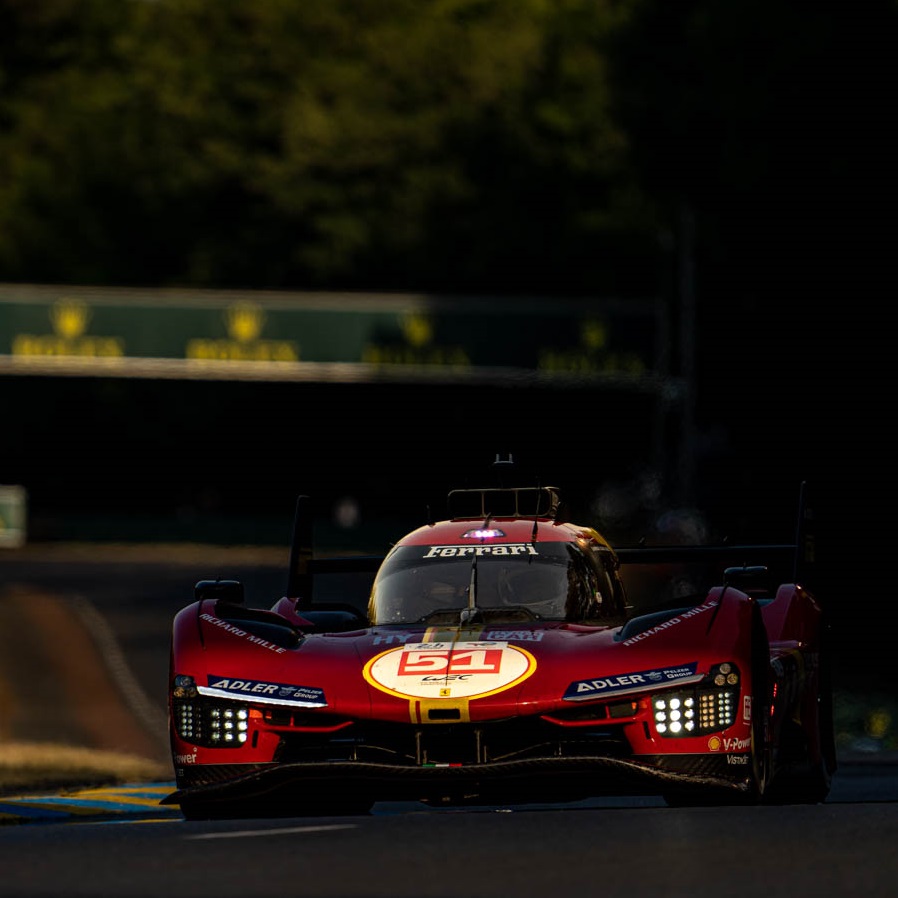
Early Innovations and Developments
The Smooth Lines of the 1960s and 1970s
The sleek and smooth lines of Ferrari’s early LeMans cars, such as the famous 250 series, highlight initial efforts to cut through air more efficiently. These designs were based on a rudimentary understanding of aerodynamics, focusing on a slim profile to reduce air resistance and achieve remarkable speeds.
Introduction of Aerodynamic Components
The latter part of the 20th century saw Ferrari introduce aerodynamic components like spoilers and air ducts to Ferrari LeMans car. These additions aimed to manipulate air flow, to better cool the engine, and increase downforce, thus enhancing the car’s grip and handling abilities at high speeds.
Embracing Computational Fluid Dynamics
Advancing Technology in Design
With the advent of sophisticated technology, Ferrari started using computational fluid dynamics (CFD) to simulate and analyze aerodynamic performance. This technology allows for precise adjustments to car design before physical testing, saving time and resources while pushing the boundaries of what’s aerodynamically possible.
Redefining Car Silhouettes
The use of CFD influenced the more complex silhouettes of modern Ferrari LeMans cars. The carefully engineered curves and angles of cars like the Ferrari 488 GTE are optimized not just for aesthetic appeal but to channel air flow in a manner that supports speed and stability with a level of precision unattainable in earlier times.
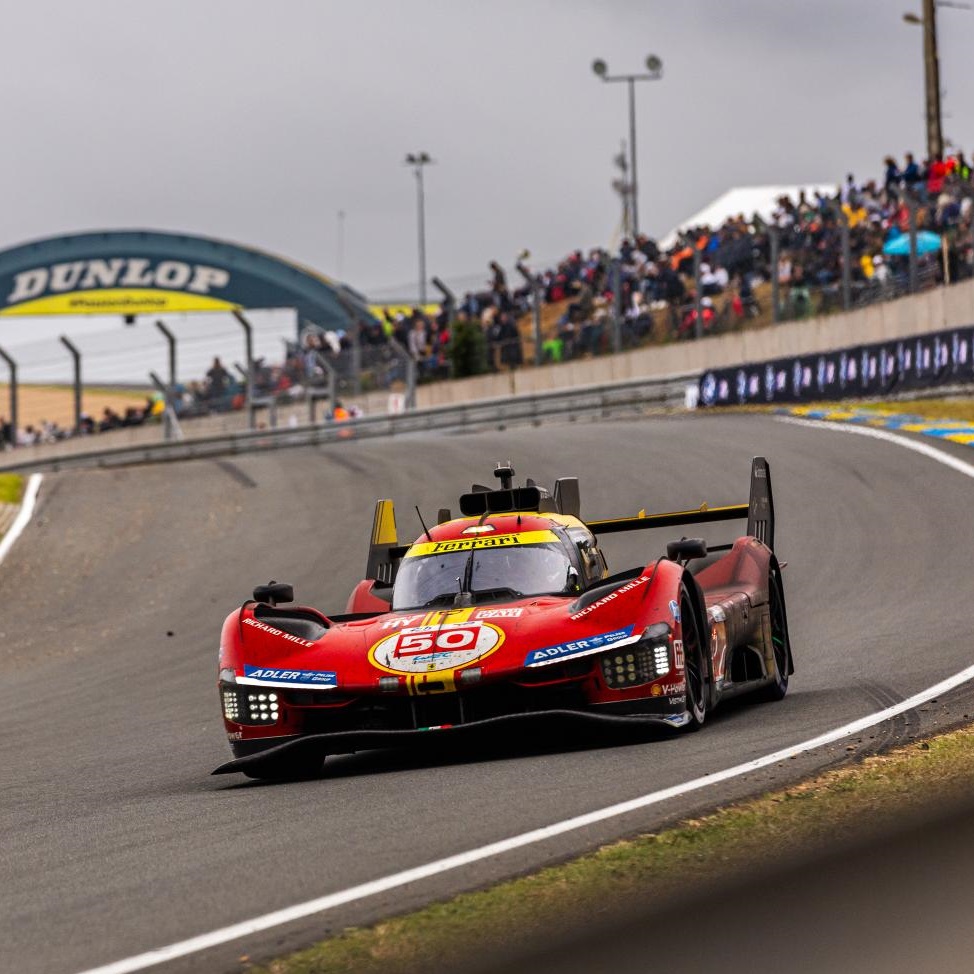
Revolutionary Materials and Construction
Lightweight Composites for Better Aerodynamics
The use of carbon fiber and other lightweight composites revolutionized the construction of Ferrari’s LeMans cars. These materials allowed for sleeker, more aerodynamic designs while maintaining strength and safety. They facilitate building more extreme aerodynamic shapes that contribute to the car’s performance while reducing its overall weight.
Wind Tunnel Testing for Performance
Ferrari employs extensive wind tunnel testing to refine the aerodynamics of their race cars. Detailed scale models face intense scrutiny to ensure that every surface of the car is contributing to an aerodynamic advantage. These tests verify the data gathered through CFD and fine-tune the cars to perfection.
Integration of Active Aerodynamics
Adapting to the Race Conditions
The integration of active aerodynamics marked a significant leap in Ferrari’s race car design. Systems that can adjust the car’s aerodynamic profile in real-time, such as movable wings or ducts, provide drivers with the flexibility to adapt to changing race conditions, ensuring peak performance throughout the race.
Enhanced Driver Control
Active aerodynamic systems also offer drivers greater control over their vehicle’s handling characteristics. By adjusting the car’s aerodynamic setup on the fly, drivers can optimize their speed in straights and maintain stability through corners, leading to faster lap times and greater race consistency.

Future Perspective and Sustainability
Pursuing Aerodynamic Excellence
As Ferrari continues to push for innovation in the racing world, their pursuit of aerodynamic excellence remains at the forefront of their design philosophy. Constant advances in technology and materials science promise even more efficient and faster race cars that can cut through the air with unmatched ease.
Eco-Friendly Aerodynamics
Sustainability is becoming an increasingly important consideration in motorsports. Ferrari is focusing on how aerodynamic efficiency can contribute to reducing fuel consumption and CO2 emissions. This perspective balances performance with environmental responsibility, setting a new standard in the evolution of race car design.
Mastering Aerodynamic Shapes
Streamlining for the Win
Ferrari’s continuous refinement in shape and form plays a crucial role in its racing pedigree. Each curve, edge, and contour is a deliberate choice aimed at cutting down on drag. By mastering the silhouette of their LeMans cars, Ferrari ensures that each model pushes the envelope in terms of aerodynamic efficiency, helping to secure a place at the front of the pack.
Innovating Beyond Traditional Designs
Challenging traditional car designs, Ferrari has embraced a philosophy of innovation to stay competitive. New shapes and innovative designs that deviate from past norms reflect an understanding that staying ahead means constantly reimagining what a race car can look like, guided by the relentless pursuit of aerodynamic perfection.
Technology-Driven Performance
Harnessing Data for Aerodynamic Gains
Ferrari’s use of technology goes beyond design; it extends to real-time data collection and analysis during races. Telemetry and sensors provide valuable feedback on how aerodynamic performance affects speed and handling, allowing for more informed strategies and quick adjustments to maintain a competitive edge throughout a race.
Advancements in Simulation
Simulations using advanced software models continue to improve aerodynamic design without the need for physical prototypes. Ferrari leverages this technology to predict how new aerodynamic components will perform, ensuring that only the most promising innovations make it to the testing phase and ultimately to the track.
The Human Element in Aerodynamics
Driver Feedback for Design Refinement
The feedback from drivers who experience the car’s performance firsthand is invaluable. Their insights complement the data and simulations, providing a real-world perspective that informs further aerodynamic tweaks. Ferrari’s collaborative approach ensures that the driver’s feel and the empirical data work in harmony for the best outcomes.
Training for Optimal Aerodynamic Use
Understanding and making the most out of a car’s aerodynamic capabilities also requires skill and knowledge on the part of the driver. Ferrari invests in training their drivers to understand the nuances of aerodynamic behavior, ensuring they can exploit every advantage that their finely-tuned machines offer during a race.
Sustainability in Aerodynamics
Eco-Friendly Innovation
The pursuit of speed is now tempered with a greater emphasis on sustainability. Ferrari recognizes that innovative aerodynamic design can lead to lower emissions and improved fuel economy. Their forward-thinking approach integrates environmental considerations into the core of their development process, aiming to create race cars that lead in both performance and eco-friendliness.
Cultivating a Legacy of Excellence
Setting New Standards in Aerodynamics
The trajectory of Ferrari’s achievements in Le Mans racing is marked by groundbreaking innovations. Each innovation sets new standards for aerodynamic design. Ferrari’s legacy is built on a deep understanding of air dynamics. The company also has a passion for excellence. Ferrari continues to influence the future direction of automotive design. Their pursuit of aerodynamic optimization enhances their competitiveness on the track. These advances also trickle down to their consumer models. This solidifies Ferrari’s stature as a leader in creating high-performance vehicles. Their vehicles incorporate cutting-edge technology. As Ferrari progresses, it remains a beacon of aerodynamic evolution. The company drives the industry toward a future where speed, efficiency, and sustainability converge.
In summary, Ferrari’s journey in LeMans car development is a testament to the power of aerodynamic evolution in motorsports. From the early days of polished curves to the advanced active aerodynamics and sustainably focused designs of today, Ferrari has remained at the pinnacle of race car innovation. The meticulous attention to airflow, balance, and performance not only exemplifies the brand’s dedication to racing excellence but also influences the future trajectory of automotive design. Ferrari’s LeMans cars are more than just racing machines—they are moving monuments to the art and science of aerodynamics.
